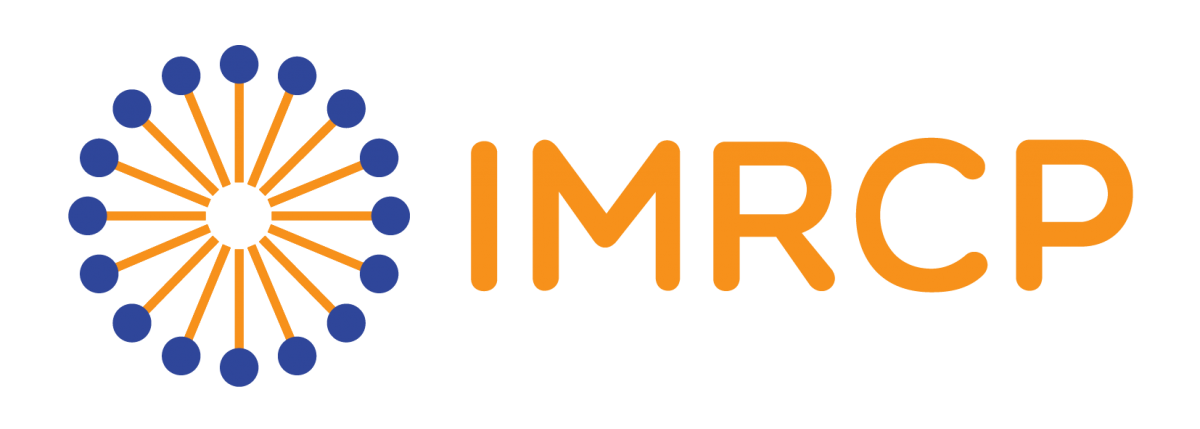Design of CO2-responsive Pickering emulsions
CHEMISTRY & GREEN CHEMISTRY

Lab: IMRCP
Duration: NanoX master Internship (8 months part-time in-lab immersion)
6 months full-time internship
Latest starting date: 08/01/2024
Localisation: IMRCP,
Laboratoire des Interactions Moléculaires et Réactivité Chimique et Photochimique
UMR 5623
IDEAS Team
Supervisors:
Nancy LAUTH-de VIGUERIE nancy.de-viguerie@univ-tlse3.fr
Diana CIUCULESCU-PRADINES eliza.ciuculescu-pradines@univ-tlse3.fr
Work package:
Pickering emulsions are dispersions of two immiscible fluids stabilized by colloidal particles which present a high kinetic stability. Silica or latex colloidal particles are generally use or particles endowed by catalytic properties when focus on the design of interfacial catalysts with special emphasis for industrial biphasic reactions in fine chemistry, in biofuel valorization or pollution control. However, the separation and recycling of nanocatalysts are challenges due to the high adsorption energy at the liquid-liquid interface. Therefore, it is possible to control the existence or destruction of these emulsions by reversibly modifying the affinity of the particles for the interface. This can be switched by applying a stimulus such as a change in pH induced by CO2. This stimulus is particularly attractive because it requires an environmentally friendly, simple and reversible operation. This project involves the preparation of Pickering emulsions by using an association of negatively charged gold nanoparticles and pH-responsive polymers formed in situ in the presence of CO2 starting from a tertiary amine. The reversible character of the emulsion will be evidenced under bubbling of CO2 and N2, alternatively.
This project involves the preparation of stimuli-responsive emulsifier Pickering emulsions by using an association of negatively charged gold nanoparticles and pH-responsive (co)polymers bearing tertiary amine groups. The reversible character of the emulsion will be evidenced under bubbling of CO2 and N2, alternatively. Different techniques will be used during this project: NMR, conductimetry, pHmetry, tensiometry, turbiditimetry, UV-vis spectroscopy, TEM, dynamic light scattering, zeta potential, contact angle measurements, Turbiscan.
References:
1 J. Tang, P. J. Quinlan and K. C. Tam, Soft Matter 2015, 11, 3512.
2 K. Li, J. Li, Q. Zhang, H. Dai, J. Mol. Liq. 2023, 382, 122038.
3 M. Pera-Titus, L. Leclercq, J.-M. Clacens, F. De Campo, and V. Nardello-Rataj, Angew. Chem. Int. Ed. 2015, 54, 2006
4 Y. Zhang, S. Guo, X. Ren, X. Liu, and Y. Fang Langmuir 2017, 33, 12973−12981.
5 N.G. Bastus, J. Comenge and V. Puntes, Langmuir 2011, 27 (17), 11098
6 M. F. Cunningham, P. G. Jessop, Macromolecules 2019, 52(18), 6801–6816
7 F. Yin, B. Lonetti, J.-D. Marty, N. Lauth-de Viguerie, Colloids Surf. A: Physicochem. Eng, 2023, 674, 131930
Areas of expertise:
gold nanoparticles, pickering emulsions, CO2-switchable polymer
Required skills for the internship:
We are looking for a motivated student, interested in performing the necessary chemical transformations for the preparation of Pickering emulsions and in their specific nanoscience and emulsion physico-chemical characterization.
